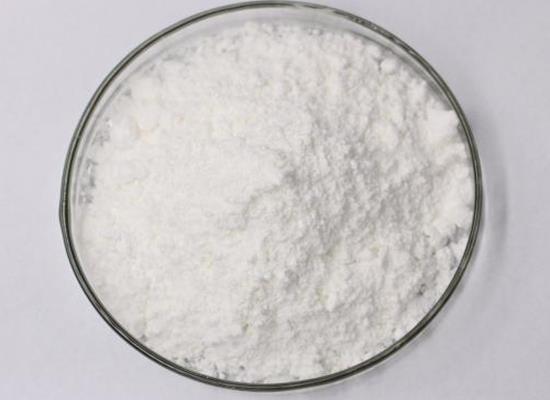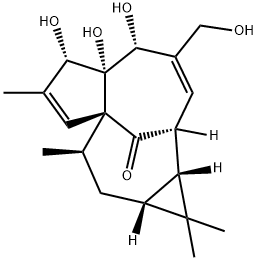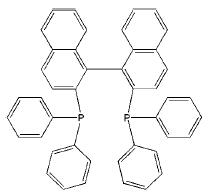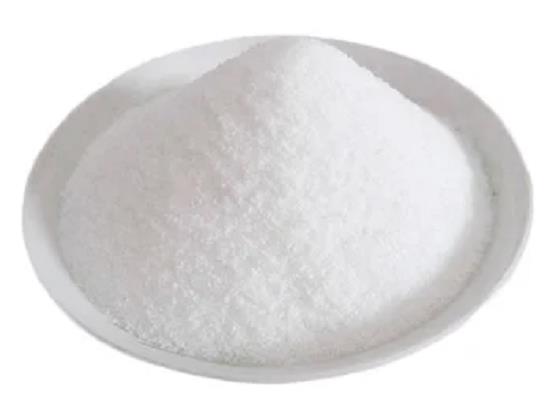Ingenol: pharmacokinetic, mechanism of action and clinical applications
General Description
Ingenol derived from the plant Euphorbia peplus, has minimal systemic absorption when applied topically. Pharmacokinetic studies show no detectable blood concentrations of Ingenol or its metabolites following application, indicating a favorable safety profile. Mechanistically, ingenol modulates protein kinase C (PKC) isoenzymes, influencing cell proliferation, apoptosis, and immune responses. It has demonstrated efficacy in treating actinic keratosis, psoriasis, and certain skin cancers by inducing cell death and anti-tumor effects. With its non-invasive nature, anti-inflammatory properties, and ongoing research for dermatological indications, ingenol presents a promising option for managing various skin conditions. Ongoing clinical trials further investigate its potential in dermatology.

Figure 1. Ingenol
Pharmacokinetic
Ingenol gel demonstrates minimal systemic absorption when applied topically. A study involving 16 patients with actinic keratoses found no detectable blood concentrations of Ingenol or two of its metabolites, PEP015 and PEP025, following application of the gel to the dorsal forearm once daily for 2 consecutive days. This was equivalent to approximately 1 g of Ingenol gel 0.05% over a 100 cm2 area. Furthermore, in vitro studies revealed that Ingenol undergoes extensive metabolism in human hepatocytes. Moreover, it was observed that Ingenol does not inhibit the cytochrome P450 (CYP) enzymes CYP1A2, CYP2A6, CYP2B6, CYP2C8, CYP2C9, CYP2C19, CYP2D6, CYP2E1, or CYP3A4 in vitro. Additionally, it does not induce CYP1A2, CYP2C9, or CYP3A4. These findings suggest that Ingenol is unlikely to have a significant impact on the activity of these important metabolic enzymes, further supporting its favorable pharmacokinetic profile. 1
Mechanism of action
Ingenol exerts its mechanism of action as a modulator of eight protein kinase C (PKC) isoenzymes, which play pivotal roles in the signaling pathways governing various physiological functions in cells. These functions include cell proliferation, invasion, angiogenesis, apoptosis, autophagy, differentiation, and senescence. The delicate balance between different PKC isoenzymes within cells ultimately determines the outcome, and their expression is differentially altered in different types of tumor cells. Ingenol has been investigated for its mechanisms of action in vitro and in vivo for various cancers, demonstrating antiproliferative effects and inducing PKC-dependent senescence in certain cancer cell lines. It also directly induces cell death—necrosis at higher concentrations and apoptosis at lower concentrations—depending on the concentration and type of cancer cells studied. Additionally, it disrupts vasculature and causes hemorrhage, leading to tumor cell necrosis. Furthermore, Ingenol triggers indirect proinflammatory effects by stimulating immune system components, including neutrophil-induced cell death, antibody-dependent cellular toxicity, and T-cell reactivity. It acts as an adjuvant, promoting antibody production against cancer cell debris and stimulating the immunological response of T cells and antibody-dependent cellular toxicity mediated by neutrophils. The activation of neutrophils and antibody production is crucial in preventing tumor cell relapse. In animal models, Ingenol has demonstrated epidermal cell death, acute inflammation, recruitment of neutrophils, hemorrhage, and eschar formation following topical application. These multifaceted mechanisms of action enable a very short treatment period, typically once daily for 2 to 3 days, making it a promising candidate for cancer treatment. Ongoing human clinical trials are further investigating the biological effects of Ingenol for actinic keratosis treatment following topical application. 2
Clinical applications
Ingenol is a natural product derived from the plant Euphorbia peplus, and it has demonstrated promising clinical applications in dermatology. One of its primary uses is in the treatment of actinic keratosis, a precancerous skin condition caused by sun damage. Ingenol works by inducing cell death in damaged skin cells, leading to the destruction of the lesion. Clinical studies have shown that ingenol gel application results in high rates of lesion clearance and complete response, making it an effective non-invasive treatment option for actinic keratosis. In addition to actinic keratosis, ingenol has also shown potential in the treatment of other skin conditions such as psoriasis and certain types of skin cancer. Its anti-inflammatory and anti-tumor properties make it a subject of ongoing research for various dermatological indications. Furthermore, ingenol's favorable safety profile and tolerability make it a valuable option for patients who are unable to undergo more invasive treatments. As research into the clinical applications of ingenol continues, it holds promise for expanding the range of non-surgical options available for managing skin conditions. 3
Reference
1. LEO Pharma, Inc. Picato. (ingenol mebutate) gel, 0.015% and 0.05% for topical use: US prescribing information.
2. Gupta AK, Paquet M. Ingenol mebutate: a promising treatment for actinic keratoses and nonmelanoma skin cancers. J Cutan Med Surg. 2013;17(3):173-179.
3. Keating GM. Ingenol mebutate gel 0.015% and 0.05%: in actinic keratosis. Drugs. 2012;72(18):2397-2405.
Related articles And Qustion
See also
Lastest Price from Ingenol manufacturers

US $1788.00/KG2025-03-26
- CAS:
- 30220-46-3
- Min. Order:
- 1KG
- Purity:
- 99%
- Supply Ability:
- 100kg

US $400.00/KG2023-04-04
- CAS:
- 30220-46-3
- Min. Order:
- 1KG
- Purity:
- 99%
- Supply Ability:
- 10kg



